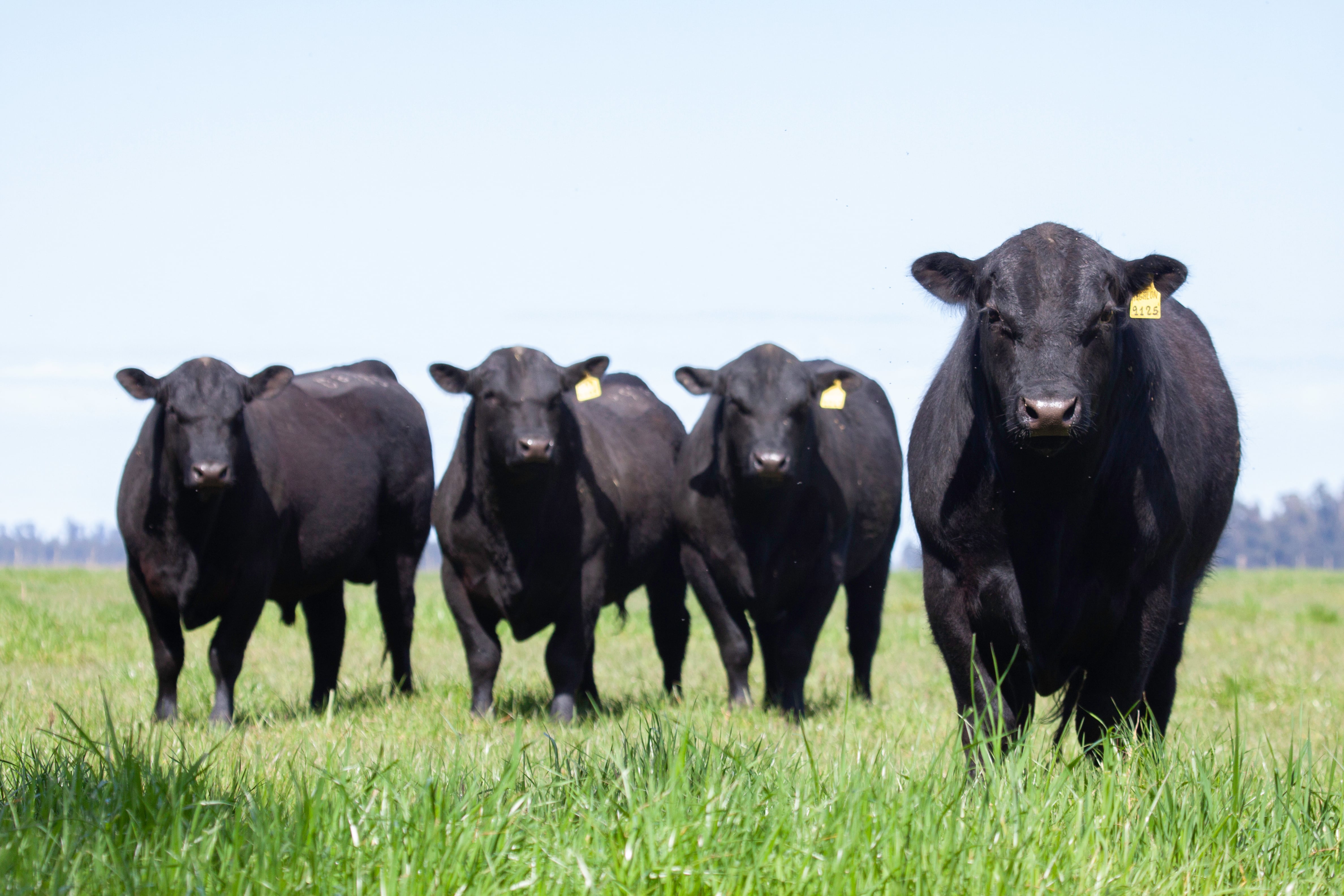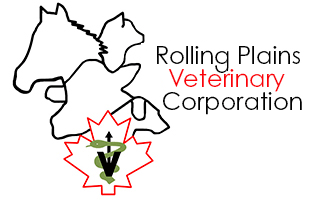
Untamed Spirits: Exploring the Behavioral Tendencies of Wild Cattle and Horses Compared to Domesticated Breeds
December 29, 2024 6:11 pm Leave your thoughts
When we think of untamed cattle grazing vast plains or a majestic untamed horse galloping through an open field, it’s easy to romanticize their freedom and strength. But beneath their rugged beauty lies a fascinating tapestry of behavioral instincts, survival strategies, and social dynamics. Comparing these wild creatures to their domesticated counterparts reveals how centuries of human intervention have shaped these animals into partners for agriculture, transportation, and companionship. Let’s dive into the unique behavioral tendencies of wild cattle and horses and contrast them with the predictable patterns of their domesticated kin.
The Behavioral Instincts of Wild Cattle
Wild cattle, such as bison, aurochs (extinct ancestors of modern cattle), and water buffalo, are marvels of survival. Their behaviors are rooted in instincts honed over millennia, allowing them to thrive in challenging environments without human intervention.
Social Structures in Wild Herds
In the wild, cattle organize themselves into structured herds with a clear pecking order. Dominance is determined through displays of strength and assertiveness, often involving head-butting or body posturing. This hierarchy ensures access to food and mates while maintaining order within the group.
Unlike domesticated breeds that are often managed by humans, wild herds operate independently, responding to natural predators and environmental changes. Their social bonds are critical for survival, as group dynamics allow for collective decision-making, such as selecting migration routes or avoiding threats.
Fight or Flight: Defensive Behavior
Wild cattle are known for their heightened sense of alertness. With predators such as wolves, lions, and humans threatening them, their survival depends on an acute fight-or-flight response. They can stampede as a group to confuse predators, or individuals may aggressively defend themselves using horns and brute strength. This contrasts sharply with domesticated cattle, which tend to rely on humans for protection and exhibit more docile behavior.
Untamed Horses: Nature’s Free Spirits
The untamed horse, such as the mustang of North America or the brumby of Australia, embodies freedom and resilience. These horses have adapted to a life without human assistance, showcasing fascinating instincts and behaviors that differ significantly from the predictable patterns of domesticated breeds.
Complex Communication and Herd Dynamics
Untamed horses thrive in tight-knit herds led by a dominant stallion. The stallion’s role is to protect the herd from predators and other males while ensuring access to food and water. Mares in the group develop strong bonds and often collaborate to raise foals.
Communication among untamed horses is intricate and includes vocalizations, ear movements, and tail gestures. For example, pinned ears signal aggression, while a relaxed tail indicates calmness. These communication methods are still present in domesticated horses, but the stakes are higher in the wild, where misunderstanding signals could mean life or death.
Adaptability and Foraging Skills
Unlike domesticated horses, which rely on humans for food and shelter, untamed horses are master foragers. They travel long distances in search of grasses, shrubs, and water sources. Their ability to adapt to harsh climates, from arid deserts to snowy plains, speaks to their resourcefulness and survival instincts.
Additionally, untamed horses possess a keener sense of danger. Predators such as cougars or wolves often target young or injured horses, but the herd’s vigilant behavior and quick reactions ensure their collective safety. This heightened awareness is often subdued in domesticated horses due to their reliance on human caretakers.
Domestication: A Double-Edged Sword
Domestication has profoundly altered the behavior of cattle and horses. Through selective breeding, humans have emphasized traits like docility, productivity, and sociability. While this has made these animals indispensable to agriculture and companionship, it has also diminished some of their survival instincts.
Domesticated Cattle: Gentle Giants
Modern cattle breeds, such as Holsteins and Angus, are bred primarily for milk and meat production. These cattle are more docile, making them easier to handle. However, their reduced defensive instincts make them vulnerable in open environments without human protection.
Social structures in domesticated cattle are less rigid than in wild herds. With humans dictating their movement, diet, and safety, domesticated cattle have little need for the survival-oriented hierarchies seen in their wild counterparts.
Domesticated Horses: From Work to Recreation
Domesticated horses have been bred for specific purposes, from racing and ranch work to showmanship and recreation. Breeds like Thoroughbreds and Quarter Horses exhibit specialized traits that make them ideal for their intended roles. However, domestication often comes at the cost of reduced adaptability. For example, a Thoroughbred is less likely to survive in the wild compared to an untamed horse due to its dependence on humans for sustenance and care.
Despite these changes, domesticated horses retain a degree of their ancestral instincts. Their ability to form strong bonds with humans and other horses echoes the social behaviors of their wild cousins.
Wild vs. Domesticated: Key Behavioral Differences
While there are many similarities between wild and domesticated cattle and horses, their differences highlight the impact of human intervention. Below are some key contrasts:
The Role of Veterinary Care in Bridging the Gap
Whether wild or domesticated, cattle and horses require expert care to ensure their health and well-being. Domesticated breeds benefit from routine check-ups, vaccinations, and emergency care, while wild populations may need intervention in conservation settings. Understanding the unique needs of both wild and domesticated animals allows veterinarians to provide tailored care that respects their natural behaviors.
At Rolling Plains Veterinary Corporation, we specialize in caring for a variety of animals, from dogs and cats to cattle and horses. Our team understands the intricacies of both wild and domesticated behaviors, enabling us to deliver compassionate, expert veterinary care.
Why Behavioral Understanding Matters
Studying the behavioral tendencies of untamed horses and wild cattle compared to their domesticated counterparts provides valuable insights into their needs, challenges, and resilience. By understanding these differences, we can better appreciate the diversity of animal behaviors and provide care that honors their unique characteristics.
Whether you own a ranch with domesticated animals or simply admire the spirit of untamed creatures, recognizing their instincts and behaviors is key to fostering a respectful and enriching relationship.
Contact Us Today
At Rolling Plains Veterinary Corporation, we are passionate about the health and well-being of all animals. Whether you need preventive medications for your domesticated pets or emergency care for cattle and horses, our experienced veterinary team is here to provide peace of mind. Contact us today to schedule a visit and experience the difference that compassionate, professional care can make for your animals.
Categorised in: Cattle Care, Horse Care
This post was written by Dr. Marc Phillipot
